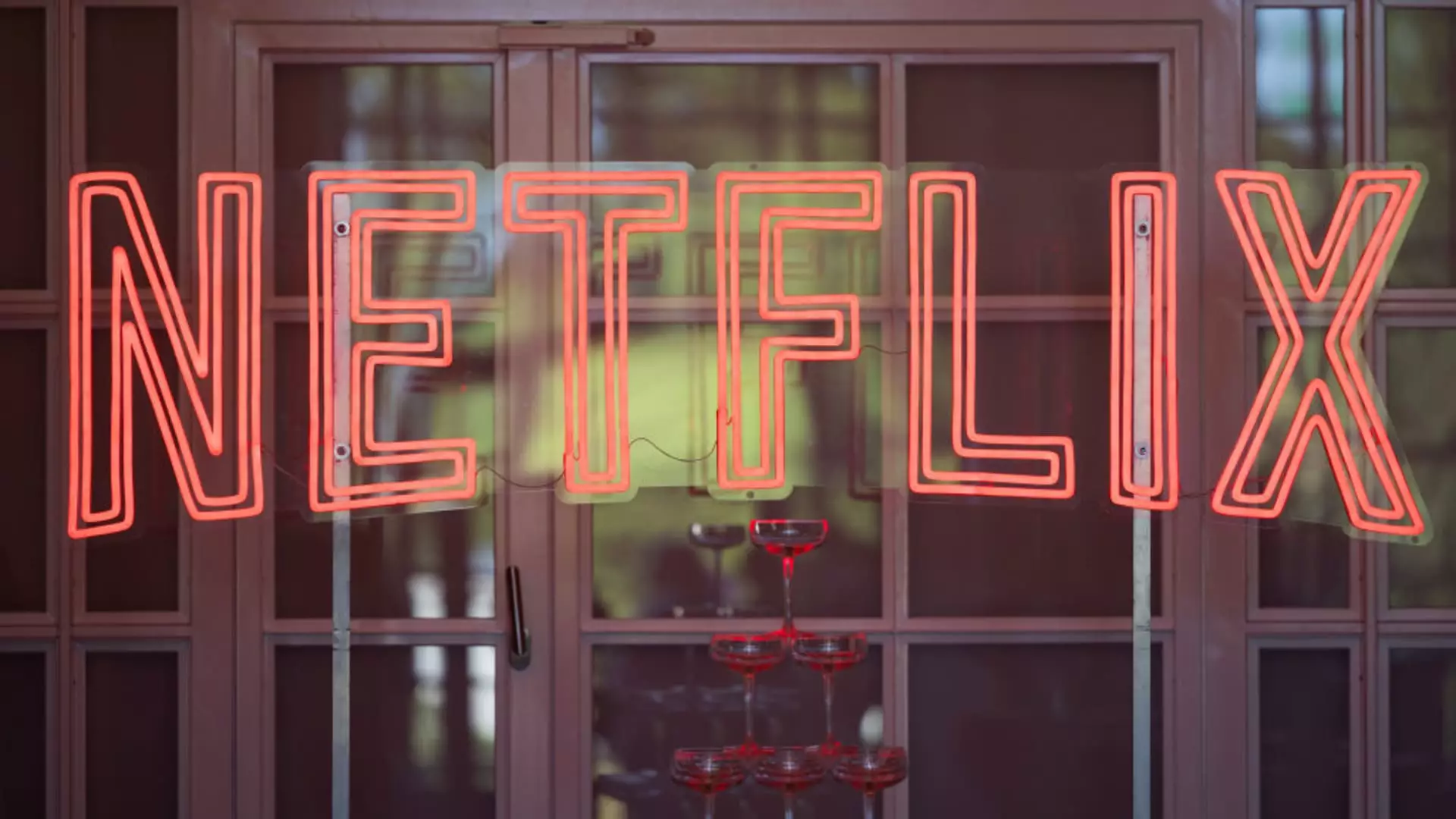The streaming landscape has been a bright spot in the entertainment world for over a decade, but recent trends indicate a significant pivot. Netflix, the trailblazer in the sector, has announced a substantial increase in subscription prices for various plans in the U.S., prompting discussions about the sustainability of streaming services and their pricing strategies.
As Netflix rolls out its updated pricing, the monthly rate for its standard plan without commercials will see a jump from $15.49 to $17.99, while the previously introduced ad-supported plan rises from $6.99 to $7.99. Additionally, the premium plan’s cost will go up from $22.99 to $24.99. This move is not limited to the U.S., as Netflix also plans price hikes in international markets including Canada, Portugal, and Argentina. The rationale behind these decisions is increasingly focused on profitability in a market that demands higher quality content alongside fair returns on investment.
The price increase may disconcert some consumers, but it is a trend that has permeated the streaming industry. Major competitors such as Disney and Warner Bros. Discovery’s Max have also implemented price hikes, reflecting a growing consensus that subscriptions need to maintain profitability amidst rising operational costs. With streaming services including Netflix regularly raising their prices, consumers are arguably feeling the pinch more than ever.
During a recent earnings call, Netflix’s co-CEO, Ted Sarandos, emphasized the importance of providing value to justify these increases. He expressed confidence that upcoming releases planned for 2025 would keep audiences engaged. The emphasis on content quality as a justification for higher prices is an acknowledgment that subscribers remain reluctant to pay more for services without corresponding value.
The rise of ad-supported plans has been notable in the industry, with Netflix being no exception. The ad-supported option was introduced to counteract stagnating subscriber growth, a trend highlighted by the company’s troubled fourth-quarter results in 2022. While this strategy appears to be gaining traction—Netflix reported 70 million active users on its ad plans—the recent increase in pricing for these plans marks a critical turning point. It’s important for Netflix to balance ad revenue against subscriber retention, ensuring that the ads do not become too intrusive for viewers.
Given that this price adjustment is the first for Netflix’s ad-supported plan since its launch, it raises questions about the sustainability of such models in an increasingly competitive environment. If the trends in consumer behavior indicate a growing aversion to ad interruptions, Netflix might find itself in a precarious position as it tries to maintain subscriber loyalty while simultaneously enforcing price hikes.
Netflix has not only turned to price increases but also well-publicized measures to curb password sharing. The recent introduction of “extra member” options on standard plans exemplifies this strategy, with costs for additional members on ad-free plans rising from $7.99 to $8.99. However, the rates for extra members on ad-supported plans remain unchanged. This dual approach of higher pricing coupled with efforts to secure more paying customers underscores Netflix’s urgency to redefine its revenue model in a competitive market.
The company’s crackdown on password sharing coincides with a record addition of 19 million paid memberships in the fourth quarter, pushing the subscriber total beyond 300 million mark. This trend signals strong acceptance of the changes being implemented, at least in the short term. It will be crucial, however, for Netflix to monitor subscriber feedback closely, as rapid changes could lead to churn if consumers feel alienated.
As Netflix adjusts its pricing amidst a dynamic streaming landscape, industry observers and consumers alike are left pondering the long-term implications. For a company that has historically set trends in media consumption, these price hikes present both challenges and opportunities. The balancing act between elevating content quality and maintaining affordable subscription options will be critical in shaping Netflix’s future in an increasingly competitive market. The efficacy of its strategies, including the new pricing structures and attempts to curb password sharing, will dictate whether it maintains its leading role—or risks becoming another face in a crowded streaming universe.

